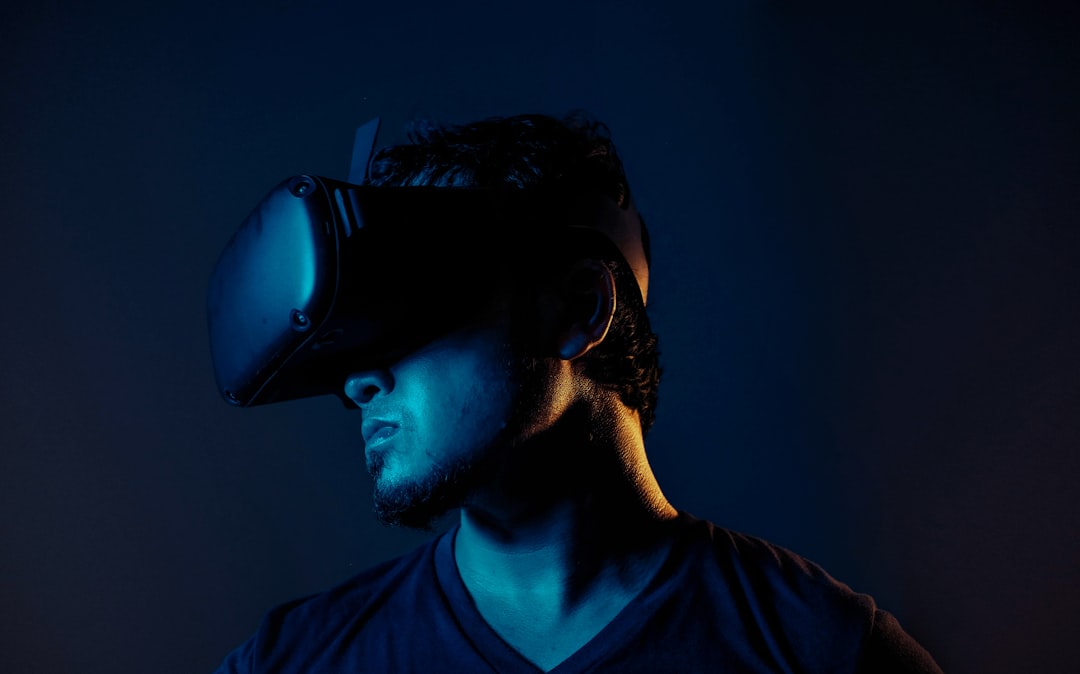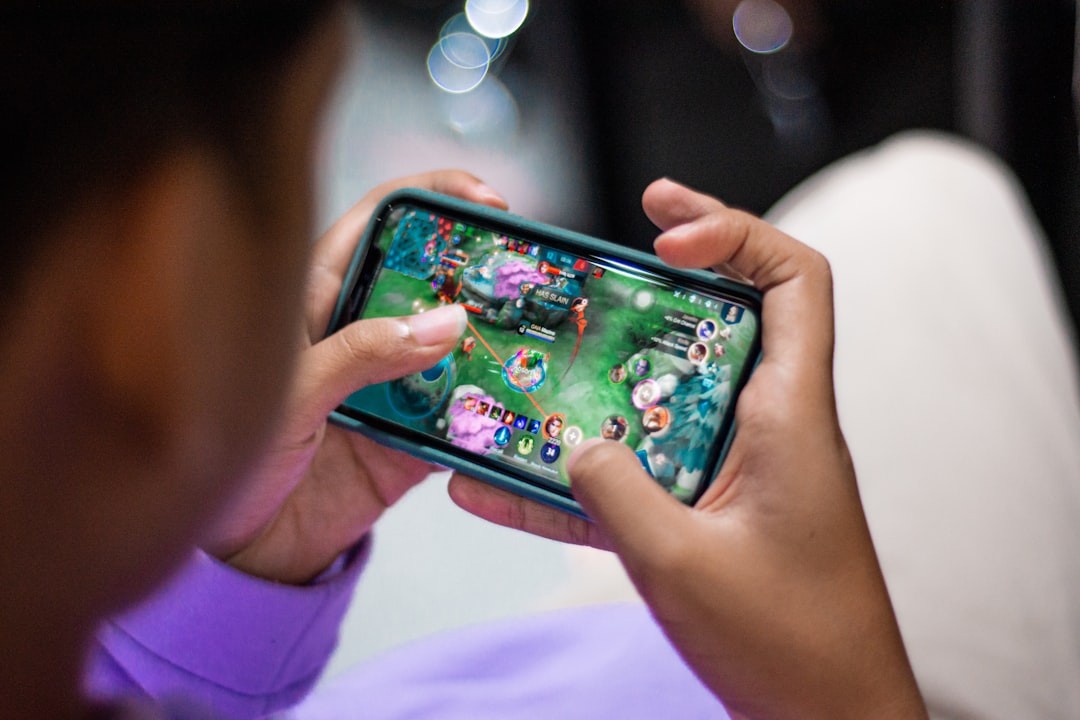In an era dominated by rapid technological change, the education system is undergoing a significant metamorphosis. The concept of Classroom 20x—a new generation of learning environments—promises to integrate cutting-edge technology into everyday teaching practices, fundamentally transforming how students learn and teachers teach. As we gaze into the future, it’s clear that the classroom of tomorrow will be radically different from anything we know today.
Embracing Immersive Learning Environments
The traditional classroom setup, with rows of desks and a teacher at the front, is giving way to immersive digital environments. Technologies like Virtual Reality (VR) and Augmented Reality (AR) are allowing students to experience history, science, and even literature in ways that are vivid, interactive, and memorable. Imagine history lessons where students can walk the streets of Ancient Rome or biology classes where you can zoom in on a human cell in 3D.

These immersive experiences heighten engagement, especially for visual and kinesthetic learners. With headsets and interactive simulations, students are not merely learning—they are exploring and living the content.
Artificial Intelligence: Your Personalized Learning Assistant
Artificial Intelligence (AI) is redefining the role of educational support systems. AI-driven platforms can assess individual learning styles, track progress in real time, and adapt content to meet a student’s specific needs. Whether it’s a chatbot that helps with homework or an intelligent assistant that crafts a customized curriculum, the influence of AI is impossible to ignore.
Benefits of AI in Classroom 20x include:
- Personalized learning: Adjusts lesson difficulty and content to align with each student’s strengths and weaknesses.
- Efficient feedback: Offers immediate, data-driven insights for both students and educators.
- Administrative support: Automates grading and administrative tasks, allowing teachers to focus more on teaching and mentorship.
AI doesn’t replace the teacher—it empowers them, giving them tools to cater to diverse classroom needs with greater efficiency and compassion.
Cloud Learning and Anytime Access
Gone are the days when learning was confined within the four walls of a classroom. With cloud-based platforms like Google Classroom, Microsoft Teams for Education, and Canvas, students can learn from anywhere at any time. This is a core element of Classroom 20x—geographical and temporal barriers are being eliminated.
Cloud learning also encourages collaboration among students from different parts of the world, enhancing diverse perspectives and critical thinking skills. A group project might include members not only from different schools but from different countries altogether.
Gamification: Making Learning Fun Again
Gamification incorporates elements of game design—such as point scoring, leaderboards, and badges—into educational content. Not only does it boost engagement, but it also helps build persistence and goal-setting skills. Educational apps like Kahoot!, Duolingo, and Classcraft are brilliant examples of turning learning into an enjoyable, game-like experience.

This method especially resonates with Gen Z and Gen Alpha students who have grown up with digital games as part of their daily lives. By linking academic success with the rewarding elements of gameplay, Classroom 20x creates learners who are not only informed but also excited about their educational journey.
Smart Classrooms and IoT Integration
The Internet of Things (IoT) brings smart connectivity to classrooms, linking physical devices to the internet for real-time data exchange. Smartboards, attendance systems, air-quality monitors, and even adaptive lighting now contribute to a tailored learning environment.
For instance, smart sensors can track student participation and movement, helping educators pinpoint who may be struggling or disengaged. Even environmental factors can be optimized to improve concentration and comfort, ensuring that each student gets the most out of their educational experience.
The Role of Teachers in Classroom 20x
Despite the influx of technology, the human touch remains irreplaceable. Teachers in Classroom 20x play the role of facilitators and mentors rather than mere distributors of knowledge. They guide students in leveraging technology responsibly and creatively, nurturing both intellectual and emotional intelligence.
Professional development programs are also evolving to help educators stay ahead in this tech-enabled world. Training in digital tools, data interpretation, and blended learning methods is becoming essential to prepare teachers for this new paradigm.
Conclusion
Classroom 20x is more than just an upgrade—it’s a revolution. By embracing advanced technologies like AI, VR, and IoT, we are creating smarter, more adaptive, and more inclusive learning environments. Yet, this transformation keeps the learner at its heart, with each innovation designed to deepen understanding, enhance engagement, and expand access to quality education.
As we continue to merge innovation with pedagogy, one thing is certain: the future of education is not just high-tech, but also highly human.



